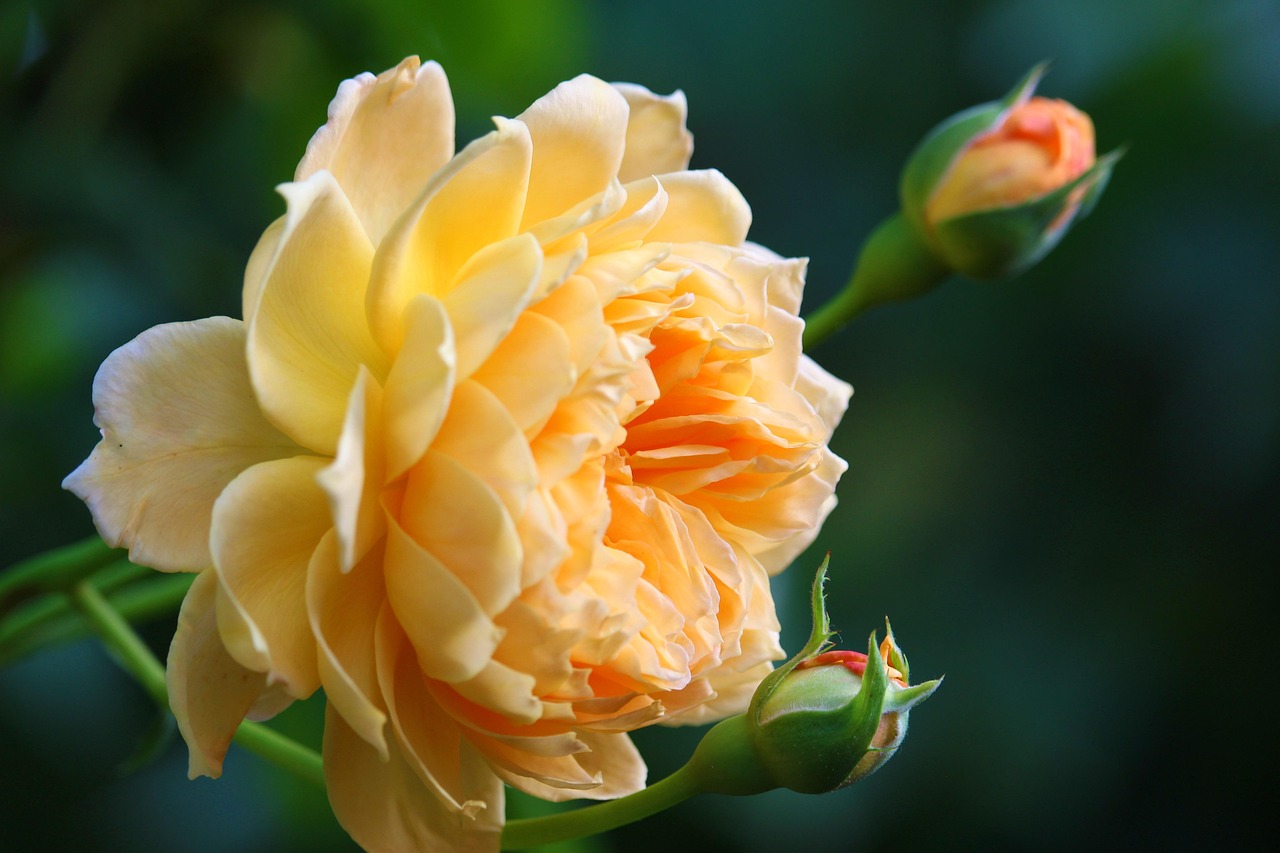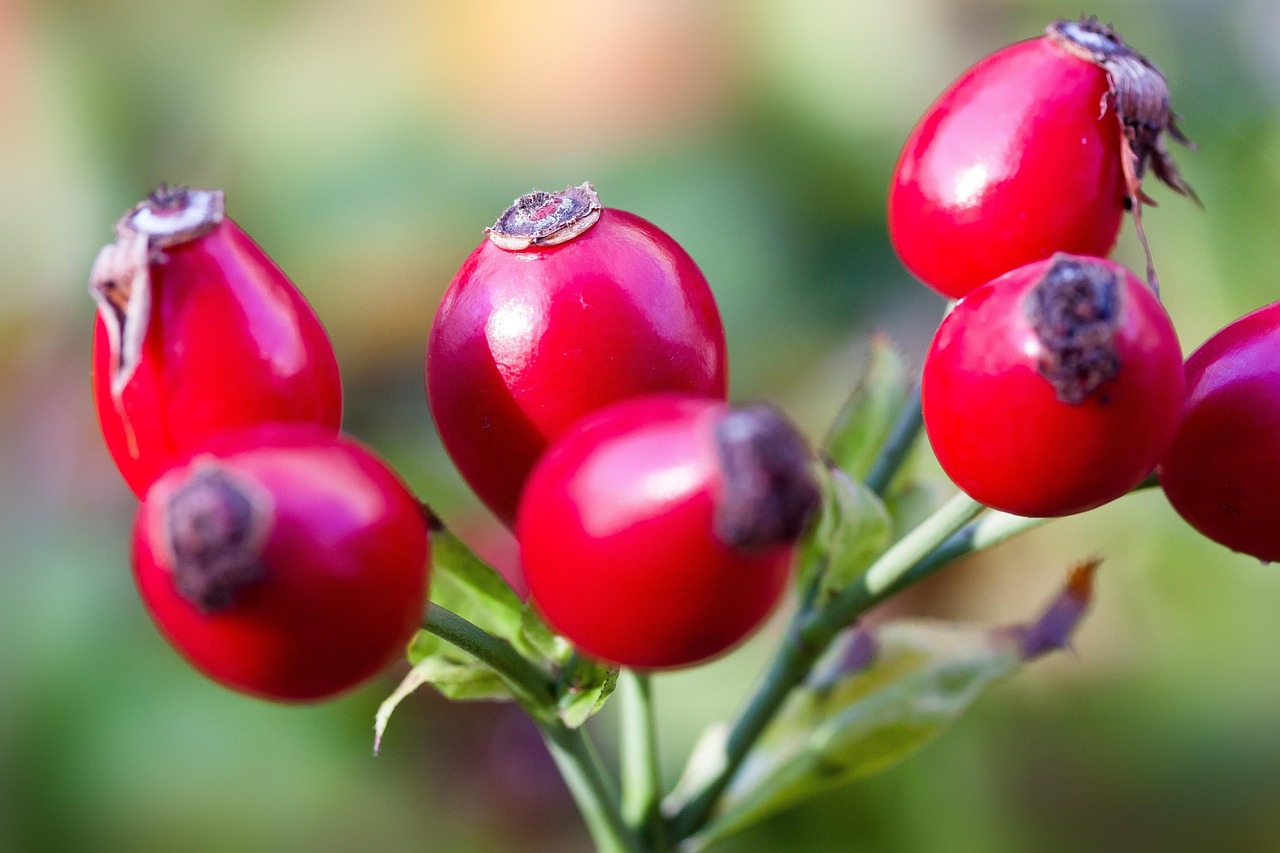When selecting the best hardy roses for a modern garden, consider varieties like ‘Knock Out’, ‘David Austin’, and ‘Rugosa’. These roses are not only resilient but also provide beautiful blooms throughout the growing season, making them ideal for gardeners seeking low-maintenance yet stunning plants.
Understanding Hardy Roses

Roses have long been cherished for their beauty and fragrance. However, not all roses thrive in every climate. Hardy roses are specifically bred to withstand harsh weather conditions, making them an excellent choice for gardeners in diverse regions. These varieties can endure cold winters, resist diseases, and require minimal care, which is essential for modern gardening practices.
In recent years, the popularity of hardy roses has surged. Gardeners are increasingly seeking these resilient varieties as they provide the elegance of traditional roses without the extensive upkeep. Hardy roses can adapt to various soil types and climate conditions, ensuring that even novice gardeners can achieve a flourishing rose garden.
Key Characteristics of Hardy Roses
When choosing hardy roses, it is important to understand their key characteristics. These features contribute to their durability and aesthetic appeal. Here are some essential traits to consider:
- Cold Hardiness: Many hardy rose varieties can survive temperatures as low as USDA zone 3 or 4.
- Disease Resistance: Hardy roses often have built-in resistance to common rose ailments such as black spot and powdery mildew.
- Low Maintenance: These varieties typically require less pruning and care compared to more delicate roses.
- Extended Blooming Season: Many hardy roses bloom from early spring until late fall, providing long-lasting beauty.
Popular Hardy Rose Varieties
There are numerous hardy rose varieties available today. Each offers unique attributes that cater to different garden aesthetics and climates. Below is a table highlighting some of the most popular options:
| Rose Variety | Color | Height | Bloom Time |
|---|---|---|---|
| Knock Out | Red, Pink, Yellow | 3-4 feet | Spring to Frost |
| David Austin | Various Pastels | 2-5 feet | Late Spring to Fall |
| Rugosa | Pink, White, Purple | 3-4 feet | Summer to Fall |
Each of these varieties has unique qualities that make them stand out in a garden setting. Whether you desire vibrant colors or fragrant blooms, there is a hardy rose variety that will meet your needs.
Factors to Consider When Choosing Hardy Roses
Selecting the right hardy rose involves considering several factors to ensure that they thrive in your garden. Here are some important elements to keep in mind:
- Climate: Evaluate the hardiness zone of your region to choose suitable varieties.
- Soil Type: Most roses prefer well-drained soil enriched with organic matter.
- Sunlight: Hardy roses typically require at least six hours of direct sunlight per day.
- Space: Consider the mature size of the rose to allow adequate spacing for growth.
By carefully assessing these factors, gardeners can select hardy rose varieties that will flourish and enhance their outdoor spaces.
Planting and Caring for Hardy Roses
Once you have selected the perfect hardy roses for your garden, the next step is to ensure they are planted and cared for properly. Proper planting and maintenance will lead to healthy plants that are more likely to thrive and produce beautiful blooms.
Optimal Planting Techniques
Planting hardy roses at the right time and in the right way is crucial for their success. Here are some guidelines to follow:
- Timing: The best time to plant hardy roses is in early spring after the last frost or in the fall before the first frost. This allows the roots to establish before extreme temperatures.
- Location: Choose a spot that receives at least six hours of sunlight daily. Well-drained soil is essential to prevent root rot.
- Spacing: Space plants according to their mature size. Generally, allow at least 18 to 24 inches between each rose bush.
- Hole Preparation: Dig a hole that is twice as wide as the root ball but no deeper than the height of the root ball. This will encourage roots to spread outward.
- Soil Amendment: Mix compost or well-rotted manure into the soil when planting. This enriches the soil with nutrients.
After planting, water the roses thoroughly to help settle the soil around the roots. Mulching around the base can help retain moisture and suppress weeds.
Watering and Fertilizing
Proper watering and fertilizing are vital in maintaining healthy hardy roses. Here are some tips:
- Watering: Roses need about one inch of water per week, either from rainfall or irrigation. It is best to water deeply once a week rather than shallow watering multiple times.
- Fertilizing: Use a balanced fertilizer formulated for roses in early spring as new growth begins. Follow up with additional feedings every six weeks during the growing season.
- Organic Options: Consider using organic fertilizers such as fish emulsion or compost tea. These options promote healthy growth without chemicals.
Pest and Disease Management
Even hardy roses can be susceptible to pests and diseases. Being proactive can help protect your plants. Here are common issues to be aware of:
Pests
Common pests that affect roses include aphids, spider mites, and Japanese beetles. Here are some management techniques:
- Aphids: These small insects can be controlled by introducing beneficial insects like ladybugs or by spraying with a solution of water and mild soap.
- Spider Mites: They thrive in hot, dry conditions. Increase humidity around the plants by misting them or using a hose to spray them down.
- Japanese Beetles: Hand-picking these beetles off your plants can be effective, especially if caught early in the season.
Diseases
Diseases such as black spot and powdery mildew can affect rose health. To manage these issues:
- Black Spot: Ensure good air circulation around your plants by proper spacing and pruning. Remove any affected leaves immediately.
- Powdery Mildew: Water your roses in the morning to allow foliage to dry quickly. If mildew appears, treat with fungicides as needed.
A proactive approach to pest and disease management will keep your hardy roses vibrant and blooming beautifully throughout the season.
Pruning Hardy Roses

Pruning is an essential part of rose care that encourages healthy growth and flowering. Here are some key points to consider when pruning hardy roses:
- Timing: The best time to prune is in late winter or early spring, just before new growth begins.
- Tools: Use sharp, clean pruning shears to make precise cuts and reduce injury to the plant.
- Cuts: Remove dead or diseased wood first, followed by crossing branches that may rub against each other. Aim to create an open center for good air circulation.
- Height Reduction: For many hardy varieties, cutting back about one-third of the plant’s height will encourage strong growth.
Regular pruning not only maintains the shape of the rose bush but also promotes vigorous blooming and overall plant health.

Creating the Ideal Environment for Hardy Roses
To ensure that hardy roses thrive, it’s essential to create an environment that caters to their needs. Factors such as soil quality, moisture levels, and garden design play a significant role in the health and vibrancy of these plants.
Soil Quality and Preparation
Healthy soil is the foundation of a successful rose garden. Here are some steps to prepare and maintain optimal soil conditions:
- Soil Testing: Conduct a soil test to determine pH and nutrient levels. Hardy roses prefer slightly acidic to neutral soil (pH 6.0 to 7.0).
- Amendments: Based on soil test results, amend the soil with organic matter, such as compost or peat moss, to enhance fertility and improve drainage.
- Drainage: Ensure that the planting area has good drainage to prevent waterlogging, which can lead to root rot.
- Mulching: Apply a layer of organic mulch around the base of the roses. This helps retain moisture, suppress weeds, and regulate soil temperature.
Watering Techniques
Proper watering is crucial for the growth of hardy roses. Here are effective watering techniques to consider:
- Deep Watering: Water deeply rather than frequently. This encourages roots to grow deeper into the soil. Aim for about one inch of water each week.
- Morning Watering: Water in the morning to allow foliage to dry throughout the day, reducing the risk of fungal diseases.
- Irrigation Systems: Consider using drip irrigation or soaker hoses, which deliver water directly to the roots while minimizing evaporation.
Companion Planting with Hardy Roses
Companion planting can enhance the growth and health of hardy roses. Selecting the right plants to grow alongside roses can help deter pests, improve pollination, and create a more attractive garden. Here are some ideal companions:
- Lavender: This aromatic herb repels pests like aphids while attracting beneficial insects such as bees.
- Marigolds: Known for their pest-repelling properties, marigolds can protect roses from nematodes and other harmful insects.
- Sage: This herb not only complements the aesthetic of rose gardens but also helps deter pests.
- Pansies: These colorful flowers can provide ground cover and add visual interest while benefiting from similar growing conditions.
Seasonal Care for Hardy Roses

Caring for hardy roses throughout the seasons ensures their longevity and beauty. Understanding the seasonal requirements will help you maintain a thriving garden.
Spring Care
As new growth begins in spring, there are several tasks to prioritize:
- Cleaning Up: Remove any dead leaves or debris from around the base of the plants to prevent disease.
- Fertilizing: Apply a balanced fertilizer as growth resumes, providing essential nutrients for new blooms.
- Pruning: As previously discussed, prune damaged or weak branches to encourage healthy growth.
Summer Care
During the hot summer months, focus on maintaining hydration and pest management:
- Regular Watering: Keep a consistent watering schedule to ensure that your roses receive adequate moisture during dry spells.
- Pest Monitoring: Regularly check for signs of pest infestations and take appropriate action as needed.
- Deadheading: Remove spent blooms to encourage further flowering and maintain a tidy appearance.
Fall Care
As temperatures begin to drop in fall, prepare your roses for winter:
- Final Pruning: Lightly prune any dead or damaged wood while shaping the plants for winter dormancy.
- Mulching: Add a thicker layer of mulch around the base of the plants to protect roots from freezing temperatures.
- Watering Before Frost: Ensure that your roses are well-watered before the first frost arrives to help them withstand winter conditions.
Winter Protection
If you live in an area with harsh winters, additional protection may be necessary:
- Burlap Wrapping: Wrap larger rose bushes with burlap to shield them from wind and extreme cold.
- Snow Cover: Allow snow to accumulate around the base of the plants, as it acts as an insulator against frost.
Caring for hardy roses throughout the year helps maximize their beauty and resilience, ensuring that they remain a stunning feature in your garden. Each season offers unique opportunities for maintaining their health and vibrancy.
Creating Aesthetic Appeal with Hardy Roses
In addition to their hardiness, roses can significantly enhance the aesthetic appeal of a garden. Understanding how to design with hardy roses can help you create visually stunning spaces. Here are some tips for incorporating these beautiful plants into your garden:
Color Combinations
Hardy roses come in a variety of colors, allowing for creative combinations that can brighten any landscape. Consider the following:
- Monochromatic Schemes: Use different shades of a single color, such as various pinks, to create a harmonious and elegant look.
- Contrasting Colors: Pair colors that are opposite on the color wheel, like yellow and purple, to create vibrant visual interest.
- Complementary Planting: Combine hardy roses with other flowering plants that bloom at the same time to enhance color contrasts and textures.
Height and Structure
Varying the height of plants can add depth and dimension to your garden:
- Layering: Plant taller varieties towards the back of borders and shorter ones in front. This creates a layered effect that draws the eye through the garden.
- Vertical Elements: Incorporate trellises or arbors for climbing roses, adding vertical interest and maximizing space.
- Grouping: Cluster roses in groups of three or five for a more natural appearance and to make a bold statement.
Seasonal Interest
Choosing a variety of hardy roses that bloom at different times ensures that your garden remains vibrant throughout the growing season. Consider mixing early, mid, and late-blooming varieties for continuous color and interest.
Final Thoughts
Hardy roses are a wonderful addition to any modern garden, offering beauty, resilience, and low-maintenance care. By selecting the right varieties and providing them with proper care tailored to their needs, gardeners can enjoy stunning blooms season after season. Implementing good planting practices, effective watering strategies, and seasonal care will ensure that these magnificent plants thrive in various environments.
Furthermore, by understanding the key characteristics and benefits of hardy roses, gardeners can make informed decisions that will enhance their outdoor spaces. From selecting suitable companions to designing aesthetically pleasing arrangements, there is much to explore in the world of hardy roses.
As you embark on your journey to cultivate these resilient beauties, remember that patience and attention to detail will pay off. Hardy roses not only beautify gardens but also provide lasting enjoyment that enriches the gardening experience. With careful planning and care, anyone can create a flourishing rose garden that withstands the test of time.
No matter your gardening skill level, integrating hardy roses into your landscape will undoubtedly bring joy and satisfaction for years to come. Embrace the art of gardening with these remarkable plants, and let your garden flourish with color and life.
